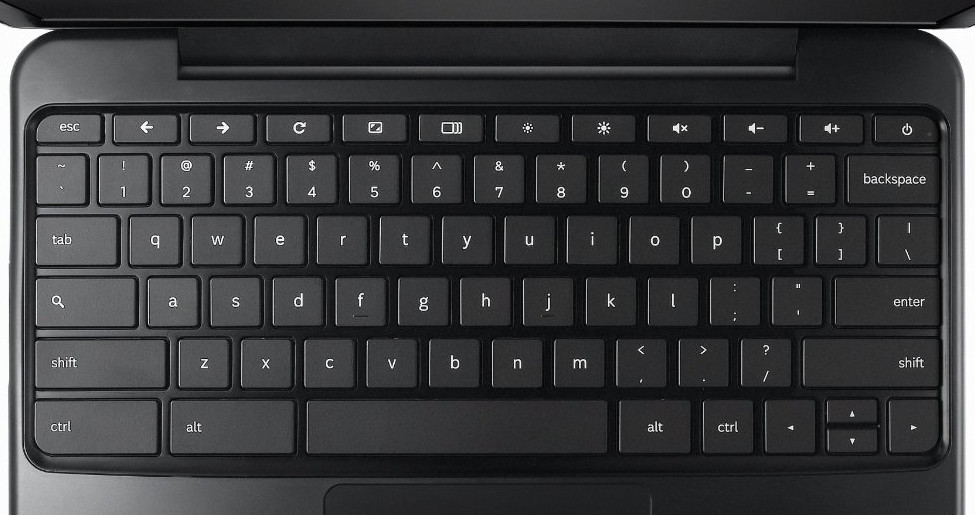
In 1873 Sholes's backer, James Densmore, successfully sold the manufacturing rights for the Sholes & Glidden Type-Writer to E. : 12–20 In April 1870 he arrived at a four-row, upper case keyboard approaching the modern QWERTY standard, moving six vowel letters, A, E, I, O, U, and Y, to the upper row as follows: : 24–25 2 3 4 5 6 7 8 9. In November 1868 he changed the arrangement of the latter half of the alphabet, N to Z, right-to-left. : 170 Others suggest instead that the letter groupings evolved from telegraph operators' feedback. The study of bigram (letter-pair) frequency by educator Amos Densmore, brother of the financial backer James Densmore, is believed to have influenced the array of letters, but the contribution was later called into question. Sholes struggled for the next five years to perfect his invention, making many trial-and-error rearrangements of the original machine's alphabetical key arrangement.

The first model constructed by Sholes used a piano-like keyboard with two rows of characters arranged alphabetically as shown below: - 3 5 7 9 N O P Q R S T U V W X Y Z


In October 1867, Sholes filed a patent application for his early writing machine he developed with the assistance of his friends Carlos Glidden and Samuel W. The QWERTY layout was devised and created in the early 1870s by Christopher Latham Sholes, a newspaper editor and printer who lived in Kenosha, Wisconsin. Main articles: Typewriter and Sholes and Glidden typewriter Keys are arranged on diagonal columns to give space for the levers.


 0 kommentar(er)
0 kommentar(er)
